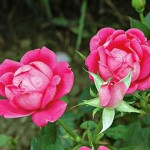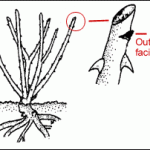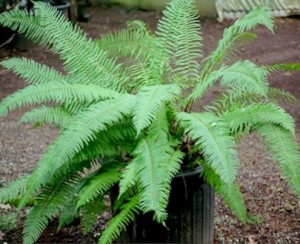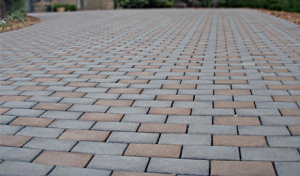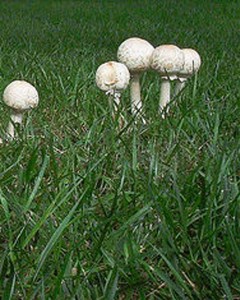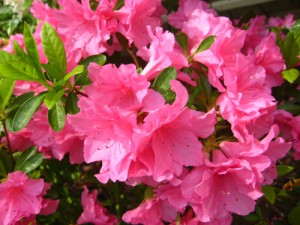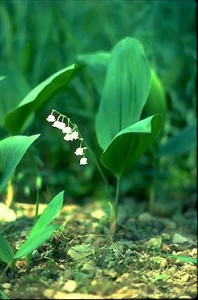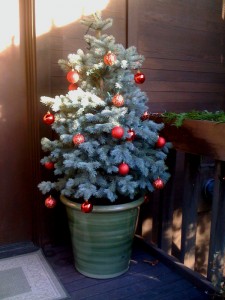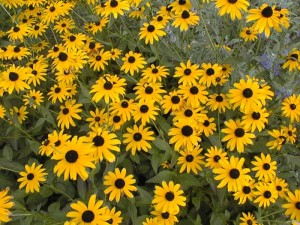It’s officially autumn in the Northwest. The air is cooler. The sun is setting earlier. Rains are falling more frequently. There’s still much to do in the garden in the month of October.
1. Plant hardy spring bulbs, such as daffodils, tulips, crocuses and hyacinths. They need several months of winter chill to have good springtime blooms. Try to get them in the ground before Thanksgiving.
2. Time to clean up the summer vegetable garden. Discard dying tomato, squash and other vegetable plants. Clear the area of pots, plastic bags, stakes and other items that can harbor pests and other problems. Keep your garden plot sanitized to prevent diseases and other problems next year.
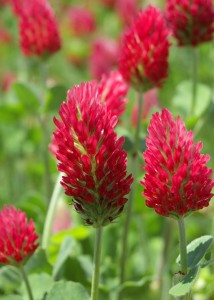
crimson clover
3. Consider planting a cover crop, like crimson clover (pictured left) or vetch. These green manures help suppress weeds and adds nitrogen and organic matter to the soil.
4. While you’re at it, it’s a good time for general yard maintenance. Clear yard debris such as fallen leaves and twigs to prevent them from smothering plants, grass, or clogging storm drains. Clear jammed gutters.
5. If you were able to hit some of the September plant sales at local nurseries, now is a good time to put those trees and shrubs in the ground. In fact, you can continue to add plants to your landscape all winter long.
6. Now’s a great time to pull weeds from your landscape beds and then cover the beds with a layer of nutrient-rich mulch/compost.
7. October is the best time of year to aerate, top-dress, and over-seed your lawn so that it will be in tip-top shape next spring.
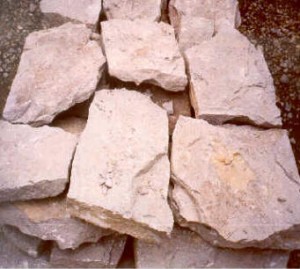 landscape project that we completed in West Seattle. If you are interested in picking up the flagstone, please send us an email though our contact info in the right sidebar. We will update/remove this post when the flagstone is gone.
landscape project that we completed in West Seattle. If you are interested in picking up the flagstone, please send us an email though our contact info in the right sidebar. We will update/remove this post when the flagstone is gone.




